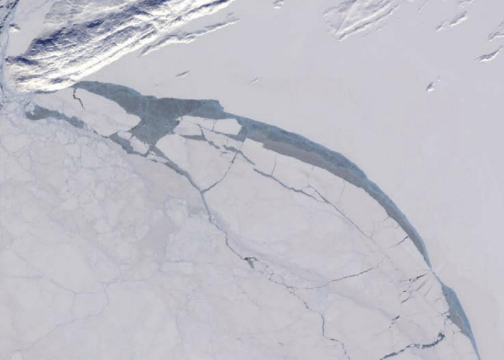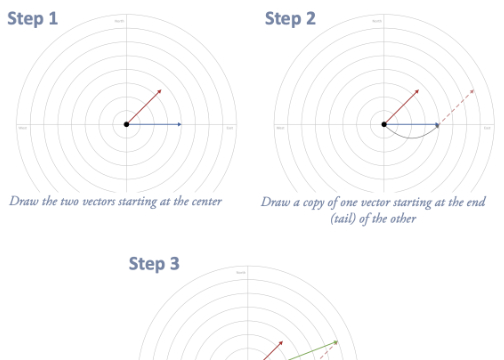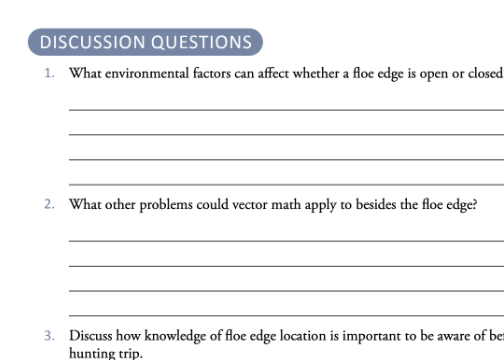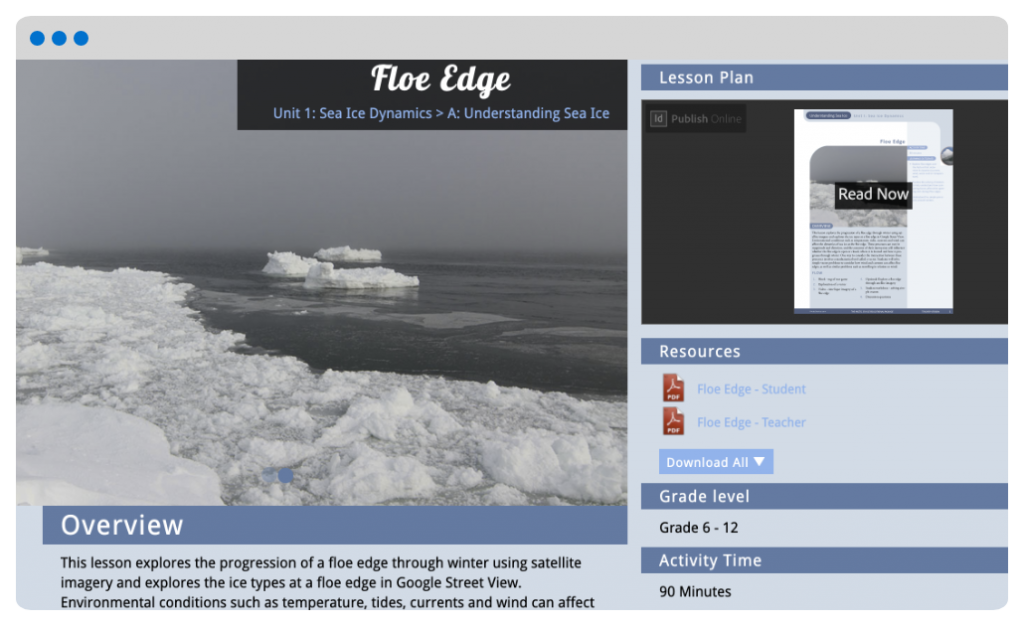Overview
In this lesson developed by the Arctic Eider Society, students learn that environmental conditions such as temperature, tides, currents and wind can affect the dynamics of sea ice at the floe edge. These processes can vary in magnitude and direction, and the outcome of their interaction will influence whether the floe edge is open or closed, where it is located and how it progresses through winter.
1. Floe Edges
Using the resources, students learn about floe edge, how they are created and transformed.

2. Vectors
This lesson uses the forces that create floe edges as context to learn about the use of vectors.

3. Discussion
Students can think about the implications of what they just learned in real-life situations.

Resources

